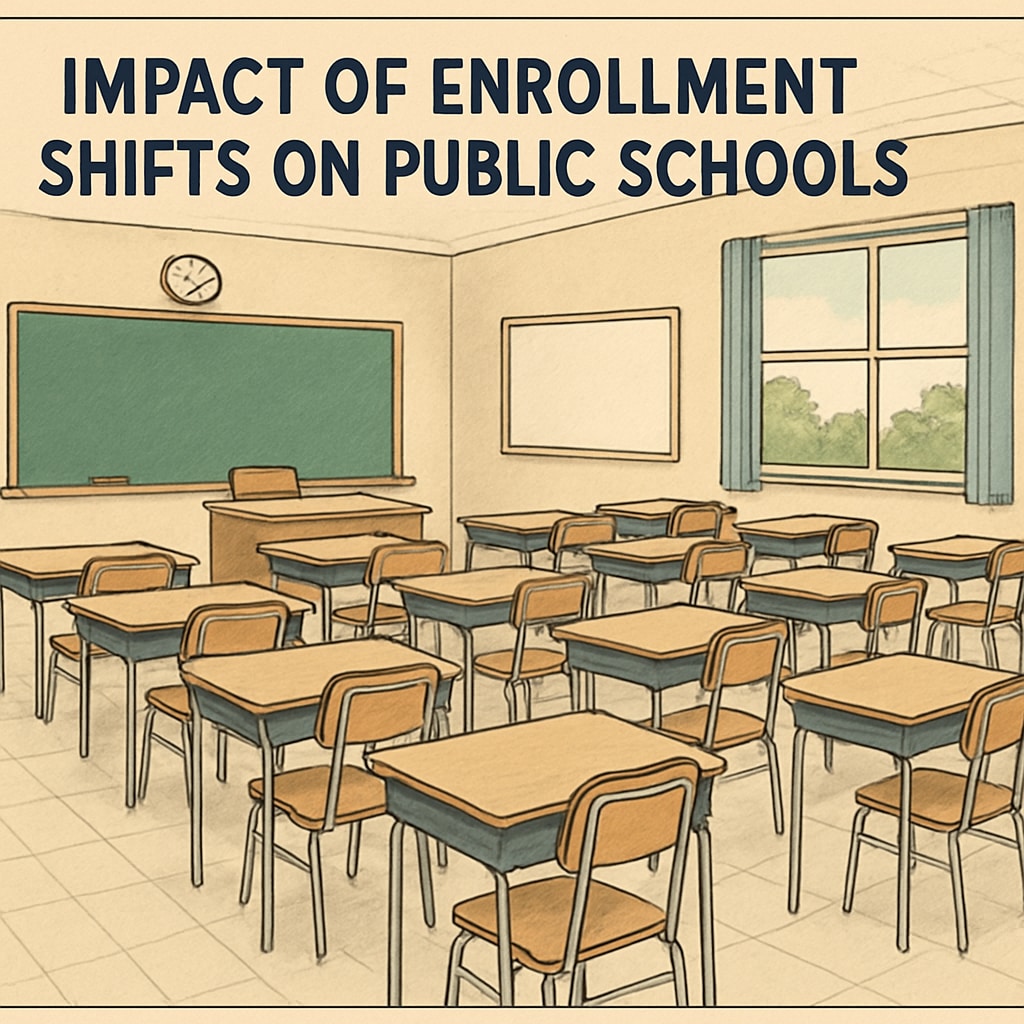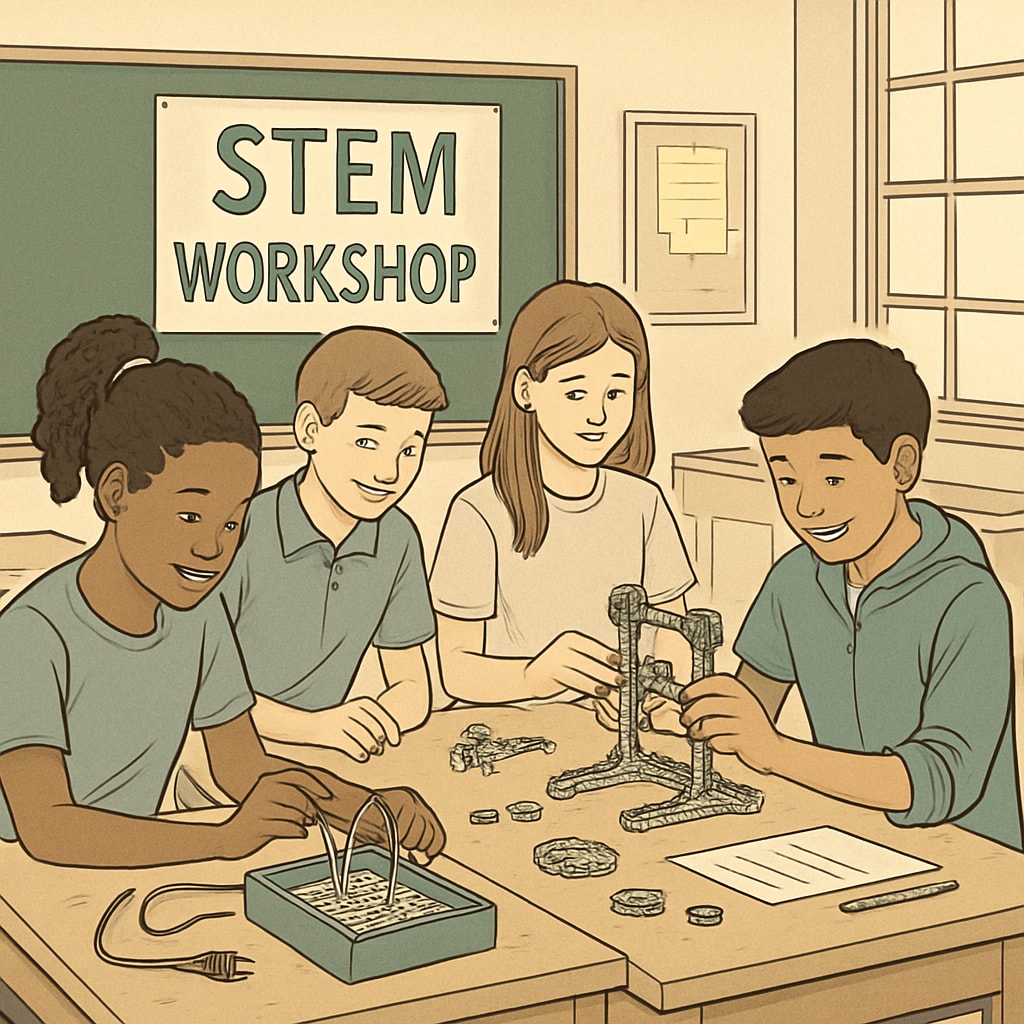Private school voucher programs have become a hot topic in the U.S. education system. These programs, which allow families to use public funding to cover private school tuition, are reshaping how education is delivered and funded. For example, Arizona now offers up to $7,500 per student in voucher subsidies, creating significant challenges for public schools. This shift has raised concerns about education funding, enrollment stability, and the future of public schools. However, it also presents an opportunity for public schools to innovate and adapt.
Understanding Voucher Programs and Their Impact on Public Schools
Voucher programs redirect public funds to private schools, giving families the flexibility to choose alternative educational paths. Proponents argue that these programs increase competition and offer better options for students, especially in underperforming districts. However, critics highlight the risks to public schools, including reduced funding and potential inequities.
Public schools rely heavily on per-student funding, which decreases as students transfer to private institutions using vouchers. The cumulative effect can lead to resource shortages, larger class sizes, and fewer extracurricular programs. According to Britannica, this funding gap disproportionately affects low-income communities, where public schools often struggle to meet basic needs.

Public Schools’ Innovative Responses to Voucher Program Challenges
To counter the challenges posed by voucher programs, public schools are exploring several innovative strategies:
- Improving Curriculum and Teaching Quality: Schools are investing in teacher training and introducing advanced placement (AP) courses, STEM programs, and arts education to attract and retain students.
- Engaging Communities: By fostering stronger connections with parents and local organizations, schools are building partnerships to enhance student learning experiences.
- Expanding School Choice: Some districts are creating magnet and charter schools to compete with private options and offer specialized programs.
For example, districts in Florida have introduced dual-enrollment programs, allowing high school students to earn college credits for free. This not only reduces future education costs for families but also enhances the value of public education.

Balancing Competition and Collaboration in Education
While competition from private schools can be daunting, it also drives public schools to innovate. Collaborative efforts between public and private sectors, such as shared resources or teacher training programs, could offer mutual benefits. Policymakers must prioritize equitable funding to ensure that all students have access to quality education, regardless of their school choice.
As Wikipedia notes, education policy reforms must focus on long-term sustainability, balancing the needs of public schools with the benefits offered by voucher programs. This requires transparent accountability mechanisms for all schools receiving public funds and consistent evaluation of program outcomes.
The Path Forward for Public Schools
Public schools must adapt to remain competitive in a changing landscape. By embracing innovation, building stronger community ties, and advocating for fair funding, they can overcome the challenges posed by private school voucher programs. While the debate continues, it is clear that the future of public education depends on its ability to evolve while staying true to its mission of serving all students equitably.
In conclusion, the expansion of voucher programs offers both challenges and opportunities for public schools. By focusing on innovation and collaboration, public schools can not only survive but thrive in this new educational era.
Readability guidance: This article uses short paragraphs, lists, and transitions to ensure clarity. Efforts are made to minimize passive voice and maintain an accessible reading level.


